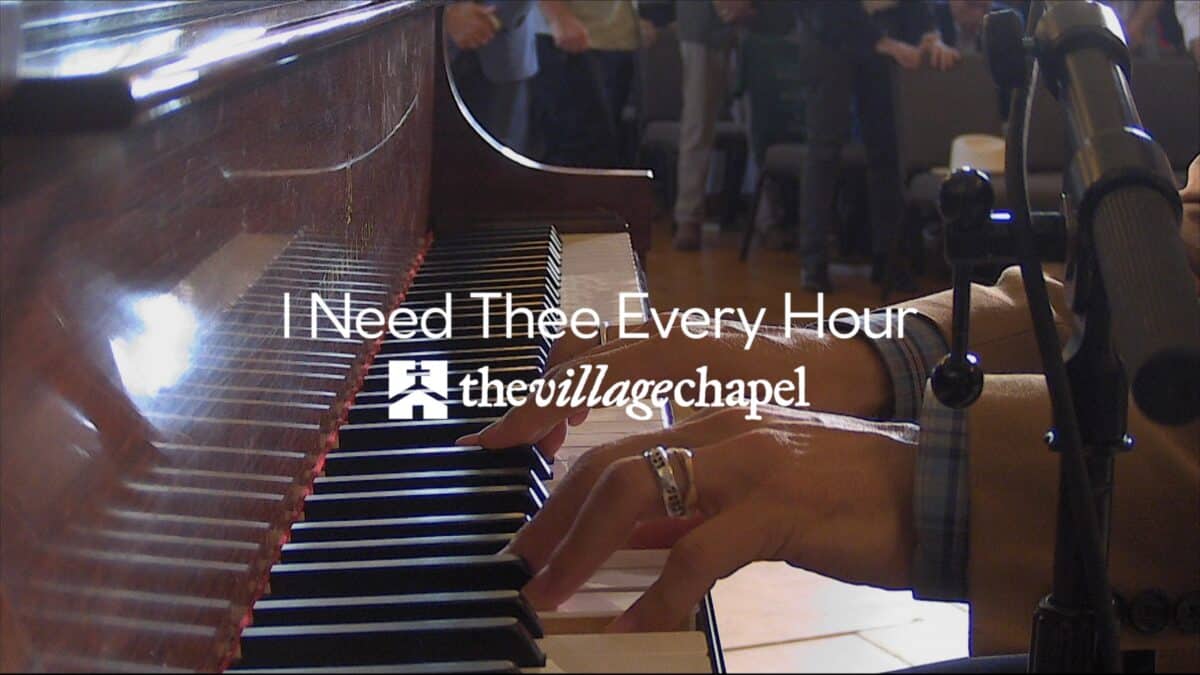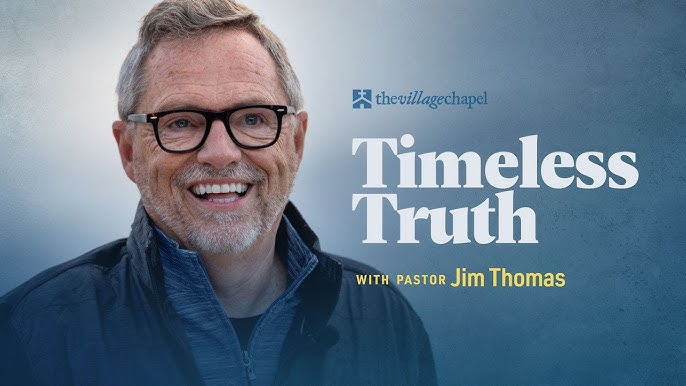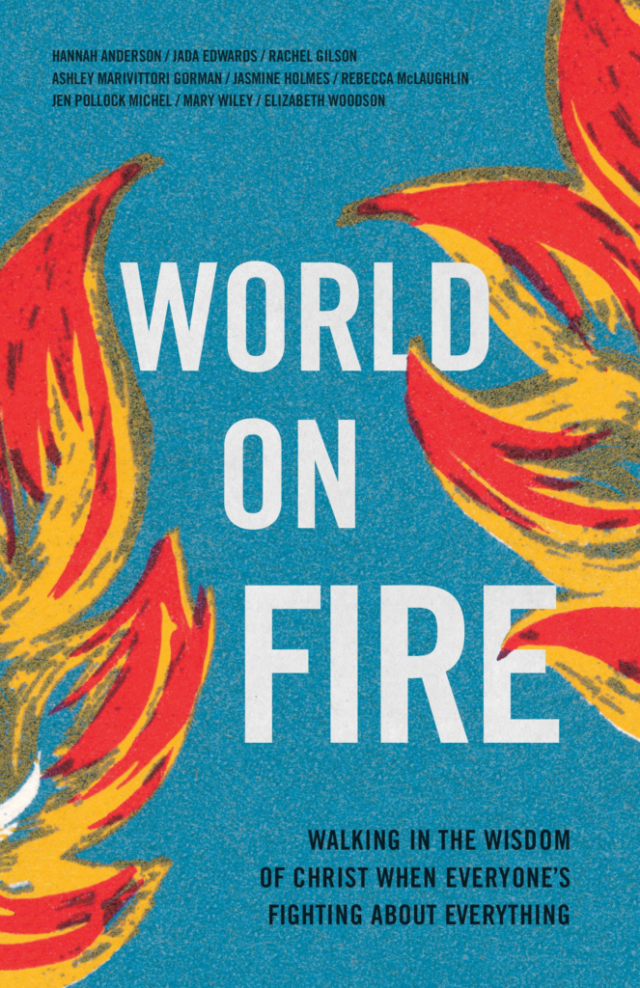This Is My Father’s World
Behind the Hymn
by Associate Pastor Tom Yarbrough
Psalm 24 opens with King David’s declarative reminder, “The Earth is the LORD’s, and everything in it, the world, and all who live in it.” Consider the wideness of the net cast by the words earth, everything, and all. In addition to reminding us of God’s sovereign dominion, the psalm highlights what theologians might call a “creator/creature distinction”; there is a fundamental difference between God the Creator and all created things.
Similarly, the much-loved hymn “This Is My Father’s World” communicates a profound theological and philosophical reflection on the relationship between God, creation and humanity. Like David’s psalm, Maltbie D. Babcock’s poem (which includes sixteen stanzas) opens with a declaration of the LORD’s divine ownership of all He has made: “This is my Father’s world, and to my listening ears / All nature sings, and round me rings the music of the spheres.”
Babcock, an American Presbyterian pastor and hymn writer during the late 19th century, was known for his invigorating sermons and habit of taking long walks in the New York countryside. Before such outings, he often told his wife, Katherine, “I’m going out to see my Father’s world.” Babcock’s love for nature and keen sense of God’s presence in the created world (his “listening ears”) often inspired him to write reflective poetry, including the words that would later be set to music by Babcock’s close friend, Franklin L. Sheppard, an American church organist and composer. Sheppard’s setting for Babcock’s lyrics complements the text’s thematic elements with a simple yet beautiful melody. The tune, which he called “Terra Beata” (Latin for “blessed earth” ), was adapted from a traditional English hymn that Sheppard learned as a child. The completed hymn, “This is My Father’s World,” was published in 1915.
Unfortunately, Maltbie Babcock would not live to see his poem or the hymn published; he died in 1901 at age 42. The untimeliness of Babcock’s death brings to mind his words in the fifth stanza of the hymn: “This is my Father’s world. O let me ne’er forget that though the wrong seems oft so strong, God is the ruler yet.” Let us not mistake this for a Pollyanna attitude toward what is broken in the world. If there is any doubt, Babcock’s fifteenth stanza quickly dispels it: “This is my Father’s world. The battle is not done. Jesus who died shall be satisfied, and earth and heav’n be one.” Babcock’s words remind us that, despite the impact of the fall on creation, there is good reason to believe that God the Creator is sovereign and will someday set all things right. That reason is ultimately found in the resurrection of Jesus, the event that peals like a bell throughout human history, declaring that death must stay on its side of the line for now. One day, it will be done away with forever. Even death, which we know has a temporary claim on each of us this side of glory, belongs to the LORD. This is indeed our Father’s world.
Find Charts



